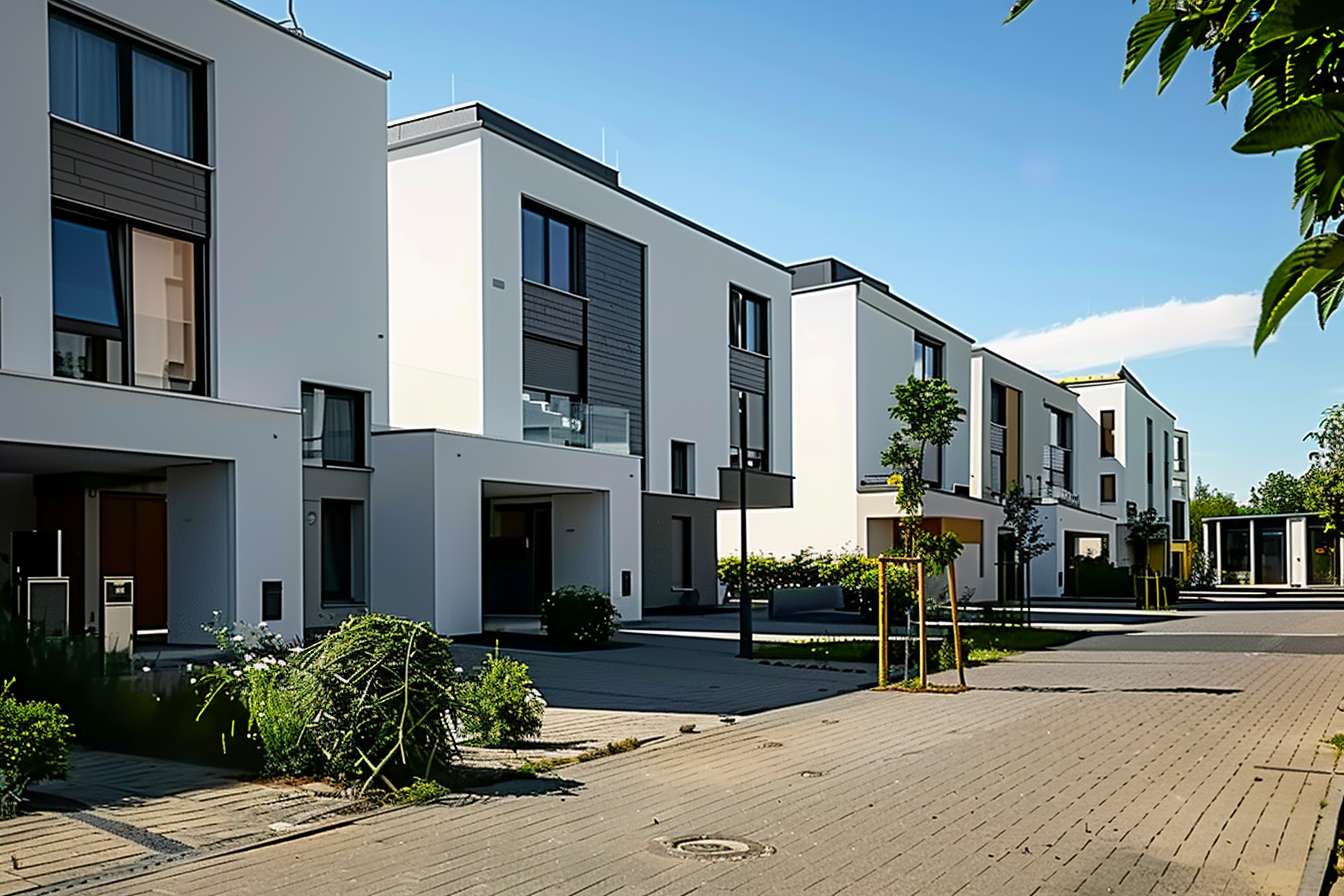Housing affordability impacts on neighborhood stability
Housing affordability shapes who can live in a neighborhood and affects services, schools, and social ties. Changes in housing costs can drive migration patterns, alter demographics, and influence local wellbeing and civic engagement across communities.

Housing affordability is a central factor in neighborhood stability, affecting who stays, who leaves, and how social and physical infrastructures evolve. When costs rise faster than incomes, residents face displacement, longer commutes, or trade-offs that affect access to local services, education, and social networks. Stable neighborhoods often support better civic engagement and community resilience; rapid housing turnover can weaken those ties and change the character of places.
How does housing affect community cohesion?
Housing availability and stability shape everyday interactions and the strength of social ties. When long-term residents can afford to remain, informal support networks—neighbors checking in, sharing childcare, or coordinating on safety—have time to form. Conversely, high turnover or short-term rentals can reduce opportunities for volunteering and organized community efforts. Physical access to communal spaces and affordable housing options contributes to social capital, which in turn supports coordinated responses to local challenges and improves overall neighborhood inclusion.
What role does migration and urbanization play?
Migration and urbanization concentrate demand for housing in certain neighborhoods, often raising prices and altering demographic mixes. Inflows of new residents can bring economic activity, but if supply cannot expand, displacement pressure increases for lower-income households. Patterns of internal migration—such as moves from rural to urban areas or between cities—interact with local housing markets and public policy, shaping whether neighborhoods become more diverse or more economically segregated. Managing growth with inclusive housing strategies can reduce destabilizing cycles tied to rapid urbanization.
How does inequality influence neighborhood wellbeing?
Economic inequality affects access to quality housing, education, and health resources, creating spatial disparities in wellbeing. Neighborhoods with concentrated poverty may struggle to maintain services, leading to lower property upkeep and strained schools, which further impacts families’ mobility and prospects. Conversely, unequal investment can produce enclaves of stability for wealthier residents while increasing vulnerability elsewhere. Addressing housing affordability alongside targeted education and social supports can mitigate some unequal outcomes and improve population-level wellbeing.
How do demographics, inclusion, and mobility interact?
Age, household composition, and cultural background influence housing needs and mobility patterns. An area with many young families will prioritize access to schools and parks, while an aging population may require accessible units and proximity to healthcare. Inclusion policies—such as mixed-income development or tenant protections—affect which demographic groups can afford to remain. Mobility driven by job changes or education also reshapes demographics: if affordable options are limited, people may be forced to accept longer commutes, which influences local labor markets and daily civic participation.
How do policy, education, and civic engagement respond?
Local and regional policies determine zoning, development incentives, and tenant protections that directly affect housing affordability. Investments in education and workforce programs can increase residents’ ability to cope with rising costs, while community-led volunteering and civic engagement can influence policy choices and hold decision-makers accountable. Collaborative planning that involves schools, service providers, and residents tends to produce more resilient responses to affordability pressures and can help align housing strategies with social and educational needs in the area.
How do resilience and mental health relate to stability?
Housing instability can increase stress and reduce mental health, undermining resilience at both individual and neighborhood levels. Frequent moves disrupt routines, social supports, and access to consistent healthcare or schooling, which can produce longer-term effects on wellbeing. Stable, affordable housing contributes to a sense of security and belonging, supporting mental health and enabling residents to invest time in community activities. Holistic approaches that combine housing support with mental health and social services can strengthen neighborhood resilience.
Neighborhood stability depends on a balance of affordable housing supply, inclusive policy, and accessible local services. Effective responses consider migration and urbanization trends, unequal economic conditions, and the diverse needs of residents across demographics. By aligning housing strategies with education, healthcare access, and opportunities for civic engagement, communities can protect social ties and wellbeing while adapting to change.





